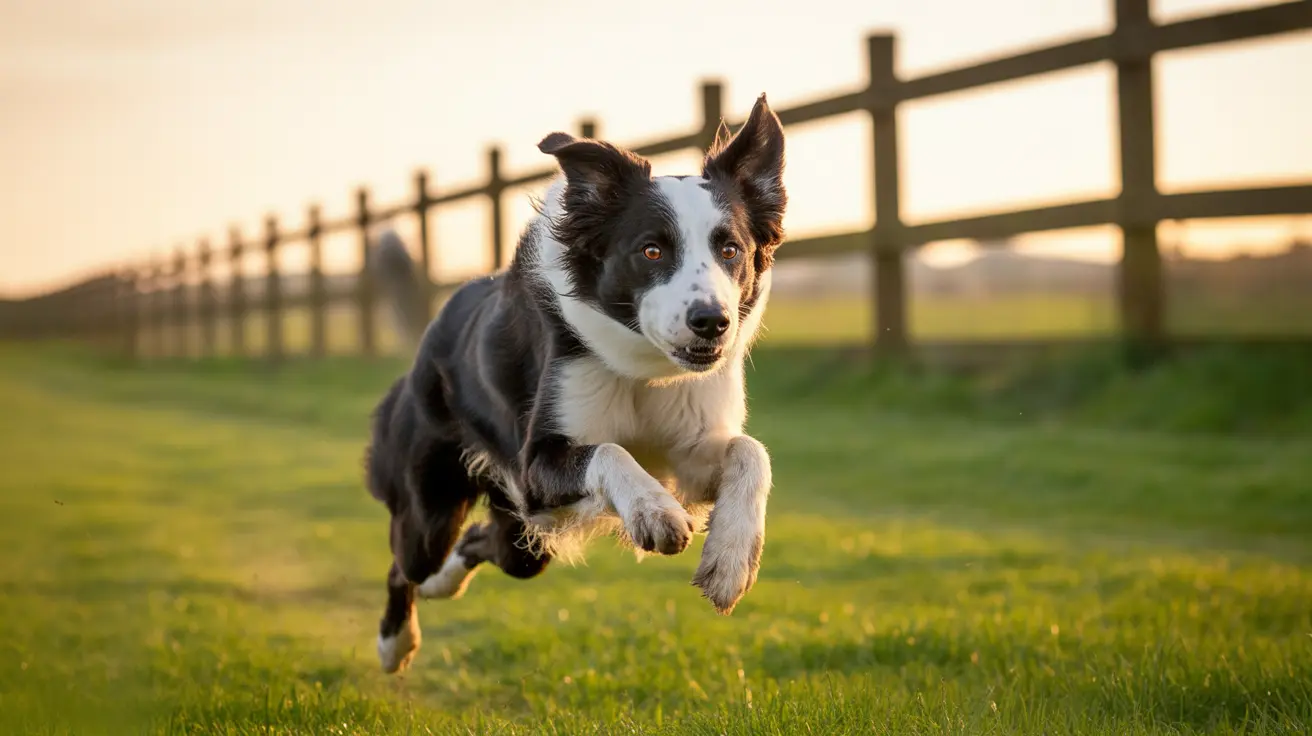How to Protect Your Dog from Hookworm Infection
Hookworms are a serious threat to canine health, especially in puppies and young dogs. These intestinal parasites, including
Ancylostoma caninum,
Ancylostoma braziliense, and
Uncinaria stenocephala, attach to the walls of the small intestine and feed on blood, often leading to anemia and other critical health issues.
Understanding Hookworm Transmission
Hookworms can infect dogs through several routes, making it essential to take a proactive approach to prevention.
- Ingestion: Dogs may ingest larvae present in contaminated soil, feces, or water.
- Skin Penetration: Infective larvae can penetrate a dog’s skin, especially through the paws.
- Transmission Through Prey: Ingesting infected rodents or small prey can introduce larvae.
- Maternal Transmission: Puppies can acquire hookworms transplacentally or through their mother’s milk.
Why Prevention is Essential
If left untreated, hookworm infections can result in severe blood loss, failure to thrive, or even death in young puppies. Some larvae can remain dormant in a dog’s tissues and reactivate at a later time, especially during pregnancy.
A Comprehensive Prevention Plan
Protecting your dog from hookworms involves several integrated strategies:
- Monthly Parasite Prevention: Use veterinary-recommended monthly medications effective against hookworms. Many heartworm preventatives include ingredients that also eliminate hookworm larvae.
- Early Deworming in Puppies: Start deworming puppies at two weeks of age, continuing every two weeks until eight weeks. Transition them to monthly preventatives afterward.
- Routine Deworming for Mothers: Pregnant and nursing females should be dewormed at regular intervals to reduce transmission to puppies.
- Regular Waste Cleanup: Promptly remove feces from yards and public spaces to prevent larval development in the environment.
- Environmental Hygiene: Avoid letting dogs roam freely, scavenge, or eat prey. Cover sandboxes and avoid letting dogs play in suspect areas.
- Hand Hygiene: Wash your hands thoroughly after handling dogs or cleaning up waste.
Veterinary Monitoring and Testing
Regular vet visits and diagnostic tests are vital:
- Fecal Flotation Tests: Detect eggs shed in the dog’s stool to identify active infections.
- PCR or Antigen Testing: Useful in early stages or when worm populations are single-sex and not producing eggs yet.
- Regular check-ups: Puppies should be tested 2 to 4 times in their first year. Adults should be tested 1 to 2 times annually.
When Infection is Diagnosed
Treatment usually includes:
- Deworming Medications: Pyrantel pamoate, fenbendazole, milbemycin oxime, and moxidectin are effective but may require repeated doses every 2–3 weeks.
- Supportive Care: Severe cases may need iron supplements, nutrition, fluid therapy, or even blood transfusions.
Hookworms and Human Health
Hookworm larvae can also infect humans through skin contact with contaminated soil, leading to
cutaneous larva migrans (CLM). This condition causes itchy red tracks on the skin. In rare cases, the larvae can migrate internally causing more serious issues.
To protect humans:
- Avoid direct contact with contaminated soil or sand.
- Always wear shoes outdoors.
- Ensure proper hygiene and regular deworming of pets.
Conclusion
Preventing hookworm infections in dogs requires a multi-faceted strategy involving monthly parasite control, early and consistent deworming, environmental sanitation, and routine veterinary monitoring. Following these steps not only protects your dog but also safeguards your family from potential zoonotic infection.





